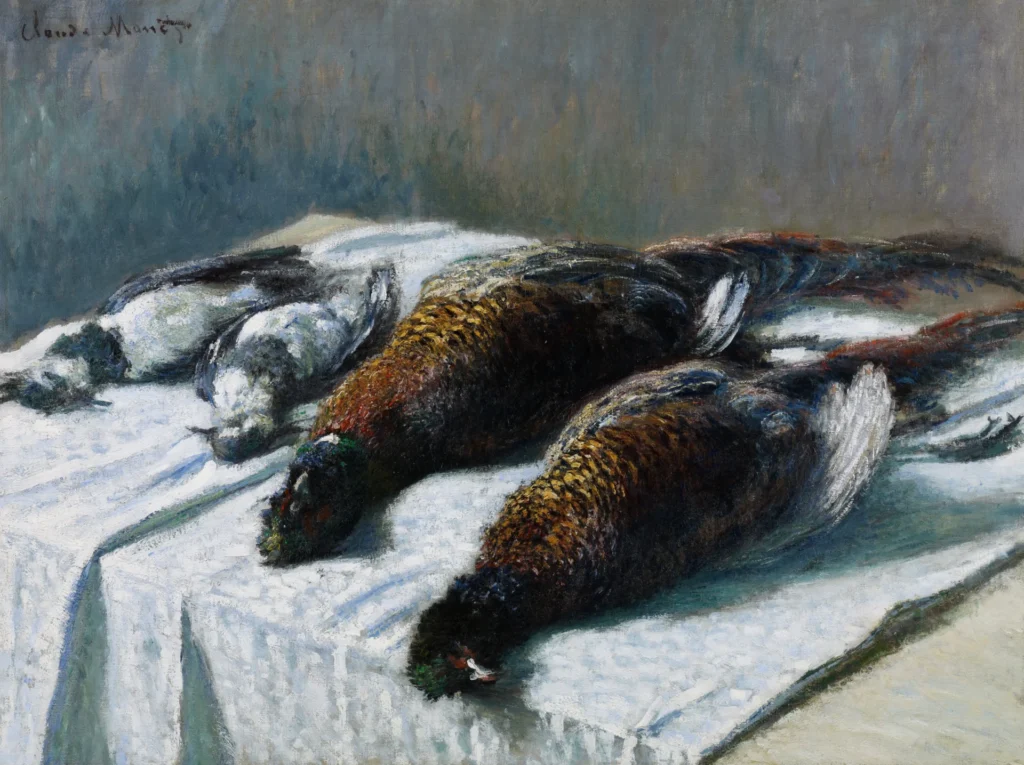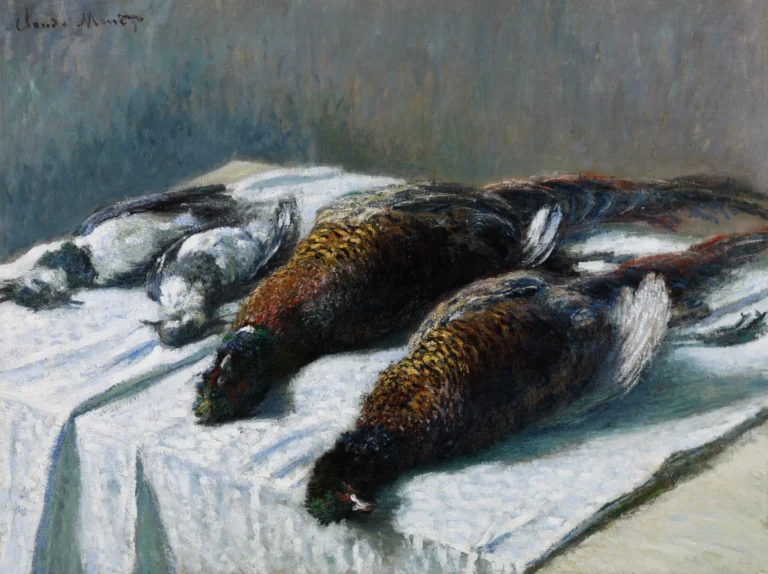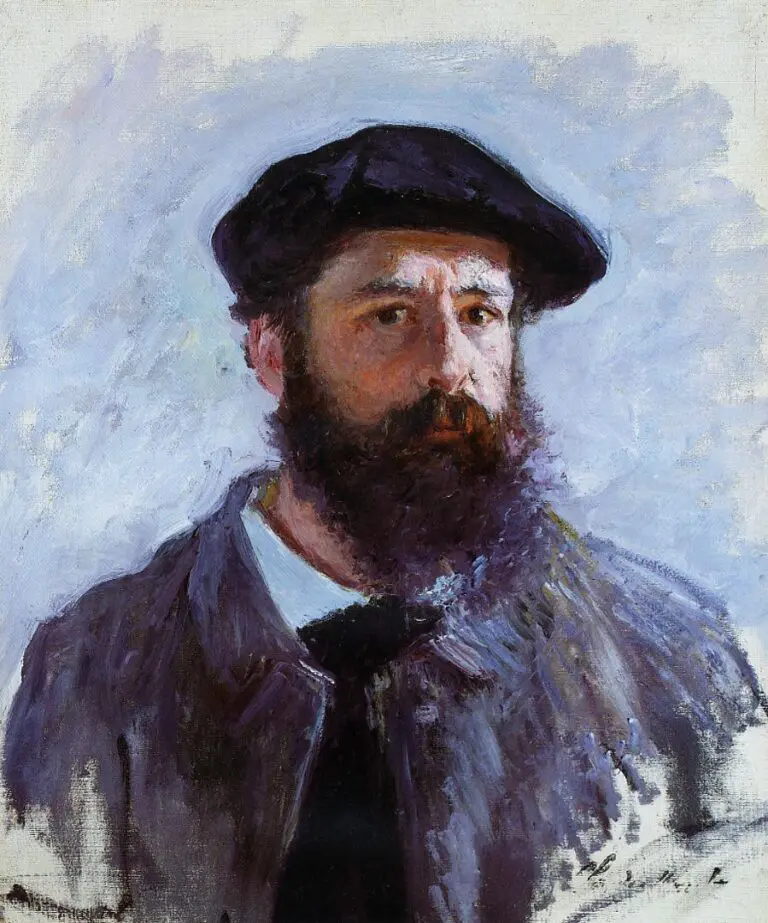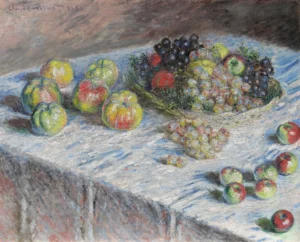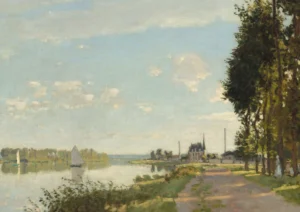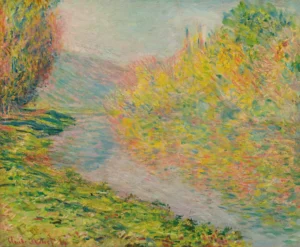Still Life with Pheasants and Plovers (1879)
Still Life with Pheasants and Plovers showcases Claude Monet's exceptional skill in blending color and light, a hallmark of Impressionist art. Created in 1879, this painting features an arrangement of game birds, specifically pheasants and plovers, presented in a way that brings them to life through luminous brushwork. Monet's ability to evoke movement and vitality, even within the still life genre, is what makes this work particularly significant.
Year 1879
About the Artwork
The story behind Still Life with Pheasants and Plovers reflects Monet's ongoing evolution as an artist during the late 19th century. This period was marked by his dedication to exploring the nuances of light, color, and perception. While still life may seem like a traditional genre, Monet approached it with his unique Impressionist perspective. By focusing on the effects of natural light on the pheasants and plovers, he transcended the static nature of the subject matter, offering a glimpse into the vibrancy of the natural world. This piece stands as a testament to Monet's pioneering role within the Impressionist movement, showcasing his ability to challenge conventional painting techniques through dynamic brushwork and an innovative use of color.
Did You Know
Claude Monet had an enduring passion for nature, which greatly influenced his artwork. He often painted outdoor scenes, emphasizing the changing effects of light at different times of the day and seasons, creating a heightened sensitivity to the colors around him.
Still Life with Pheasants and Plovers is a celebrated piece that has been showcased in various prestigious art galleries and exhibitions, making it a highly sought-after artwork among collectors. Its monetary value has ranked it among the masterpieces in the Impressionist genre.
Monet’s experimentation with brushwork in this painting marked a significant departure from traditional still lifes. Instead of merely capturing the subjects, he sought to evoke the sensory experience of seeing them in reality, highlighting his innovative approach that paved the way for modern artistic expression.




